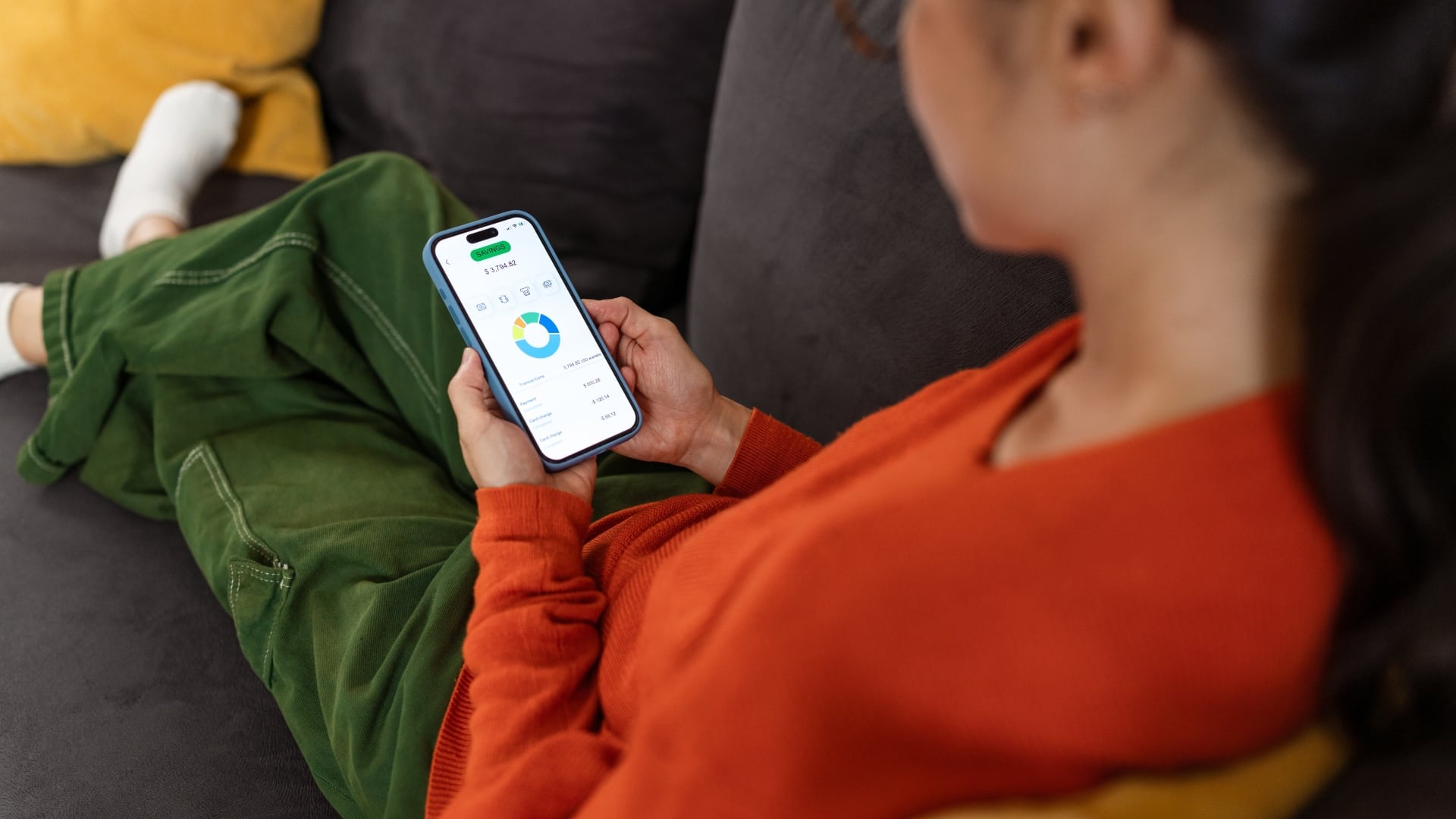From a retired New York Fire Department marshal to an animal lover in Washington, COVID-19 has claimed dozens of lives across the United States. Coronavirus deaths have surpassed 150 since the first confirmed patient was identified in the U.S. in January. Since then, the virus has spread to all 50 states as well as Washington, D.C.; Guam; Puerto Rico; and the U.S. Virgin Islands; and infected more than 9,400 Americans.
Those who have died from COVID-19 range in age from their 50s to their 90s, and the overwhelming majority suffered from pre-existing conditions like diabetes, emphysema, and heart problems. Many of those who have died were residents of nursing homes and long-term care facilities, in part because of an especially deadly outbreak at Life Care Center in Kirkland, Washington, which killed 23 elderly residents. A rash of infections in Seattle, which is considered one hub of the U.S. outbreak, has been traced to the suburban care facility. Other hubs of infection include New Rochelle, New York, where an attorney who lives in the Westchester County suburb and works in Manhattan has been linked to at least 50 cases. Infections in California are also climbing, linked to travel and community spread.
A recent study from Kaiser Family Foundation shows that 41 percent of adults 18-years-old and older are at higher risk of developing a serious illness if infected with coronavirus due to age, a weakened immune system, or previously existing medical conditions, like cancer, chronic obstructive pulmonary disease (COPD), asthma, diabetes, or heart disease. Of those higher-risk adults, 76.3 million, or 72 percent, are over the age of 60.
“What we are seeing in terms of the demographics of the people who are dying from the infection are consistent with the high-risk groups that have been identified since very early in the epidemic in China, and then the pandemic globally,” said Dr. Carlos Rodriguez-Diaz, associate professor at George Washington University’s Milken Institute School of Public Health. ”Data is changing by the minute. Anything that we discuss now tomorrow can be a little different because we are still gathering data trying to understand the epidemic.”
VICTIMS’ FAMILIES SHARE STORIES
Darlene Kimball, 72, began complaining of chest pains in late February. She had been living with ovarian cancer for four years before seeking therapy for a fall in February at Life Care Center in Kirkland, Wash., The Washington Post reported. According to her family, Kimball, who loved animals and gardening, had been talkative and active until she moved to the long-term care facility, at which point she developed a cough and trouble breathing. After complaining of chest pains, Kimball was diagnosed with pneumonia and moved to hospice.
Her family told the Washington Post they begged for a coronavirus test. Staff ultimately administered a test, but Kimball passed away a day after receiving her diagnosis.
On the opposite coast, 84-year-old John Knox was hospitalized at Mount Sinai South Nassau in Long Island, Queens, in late February after passing out from symptoms that resembled the flu, New York Daily News reported. A retired fire marshal with the New York City Fire Department, Knox spent 38 years in the FDNY after a stint with the NYPD and service with the Marines in Korea.
Because he hadn’t traveled to any high-risk destinations, Knox wasn’t tested for COVID-19 until March 9. His test came back positive, well after Knox, who suffered from COPD and reduced lung function related to work at Ground Zero during 9/11, had already been on a ventilator and life support for 10 days, according to the New York Post.
Knox passed away Monday, leaving behind his wife, four children, six grandchildren, and an admiring FDNY community. The Rockaways resident was still investigating fires and hitting the gym up until his hospitalization.
In neighboring New Jersey, COVID-19 tore through an Italian-American family, killing the matriarch and two of her 11 children, The New York Times reported. The Fuscos were accustomed to hosting large, festive gatherings for their sprawling family. A recent dinner is believed to be the source of the family’s infections — a man who had contact with John Brennan, New Jersey’s first coronavirus-related fatality, had attended.
The family’s matriarch, 73-year-old Grace Fusco passed away on Sunday, hours after her eldest son and several days after her 55-year-old daughter also succumbed to their infections. Four of Fusco’s other children remain hospitalized, three of whom are in critical condition, according to the Times.
Doctors who treated the Fuscos called the situation unique, because of the virulence of the illness. The family’s lawyer attests that family members were otherwise healthy. New Jersey’s health commissioner has since doubled down on warnings against even small get-togethers with friends and family.
In mid-March, Roberta Shelton, a retiree living in Indianapolis, called her cousin to tell her she was going to the emergency room with a high fever. The 60-something, who lived on the east side of the city with her boyfriend, had not traveled outside of the country recently but had a history of medical issues that had sent her to the hospital in the past.
Once under care, Shelton’s condition declined, despite being placed on a ventilator. She couldn’t receive visitors because of her illness, but in Shelton’s final hours, doctors told Fox59 they brought her an iPad so she could communicate with her boyfriend. He had also tested positive for the virus. Shelton, who is remembered by family and friends as vibrant and generous, passed away Monday, becoming Indiana’s first COVID-19-related death.
THE YOUNG ARE NOT IMMUNE
Despite that many of the most serious cases in the U.S. so far have occurred in older and chronically ill patients, doctors warn that younger adults shouldn’t feel overly confident. Serious and even fatal cases have been observed in China in individuals as young as 29, The New York Times reported. And just because they have age on their side doesn’t mean younger adults aren’t subject to the same sorts of physical and social factors that put them at higher risk of serious outcomes from infection.
Some 29.2 million U.S. adults under the age of 60 are at higher risk due to serious underlying medical conditions, like lung and heart diseases and weakened immunity, according to the KFF study. And nearly, 3.9 million of them are uninsured, which is an added risk factor for serious illness. Unstable housing and poverty are other social risk factors that might determine who is disproportionately impacted by the pandemic.
“Perhaps there is an overlap between the people who are underinsured or not insured and the people who are not in the best economic conditions to prepare for a pandemic. We ask people to buy things, to stay home. Buying things implies having extra money,” Rodriguez-Diaz said. “Staying home is a privilege that many workers in the U.S. cannot afford. If they don't work they don't have an income. Without income, they don't have the basic resources for prevention and care.”
The data about those most seriously impacted by the virus has been skewed by clusters of cases in nursing homes and long-term care facilities like the Life Care Center in Washington, Rodriguez-Diaz said. As more people are tested and diagnosed and the number of COVID-19 cases rises in the U.S., the data is already shifting to show more infections and hospitalizations among people from 20- to 50-years old. According to a new report from the Centers for Disease Control, people between the ages of 20 and 54 made up about 38 percent of COVID-19-related hospitalizations, and about 48 percent of those patients admitted to the intensive care unit.
And even if younger adults have no heightened risk factors, there’s always the chance they will transmit the virus to older, immunocompromised or chronically ill loved ones, friends, and acquaintances.
“We have the opportunity here for one generation to save another generation,” Rodriguez-Diaz said. “The truth is that young people without any preexisting conditions might get infected and are vectors: they can spread the infection to loved ones, even people in their household who are older and have other pre-existing conditions. Our role is really to protect ourselves, protect our communities because we might not see the negative outcomes of the disease as older people might, but we can prevent the spread of the infection.”



